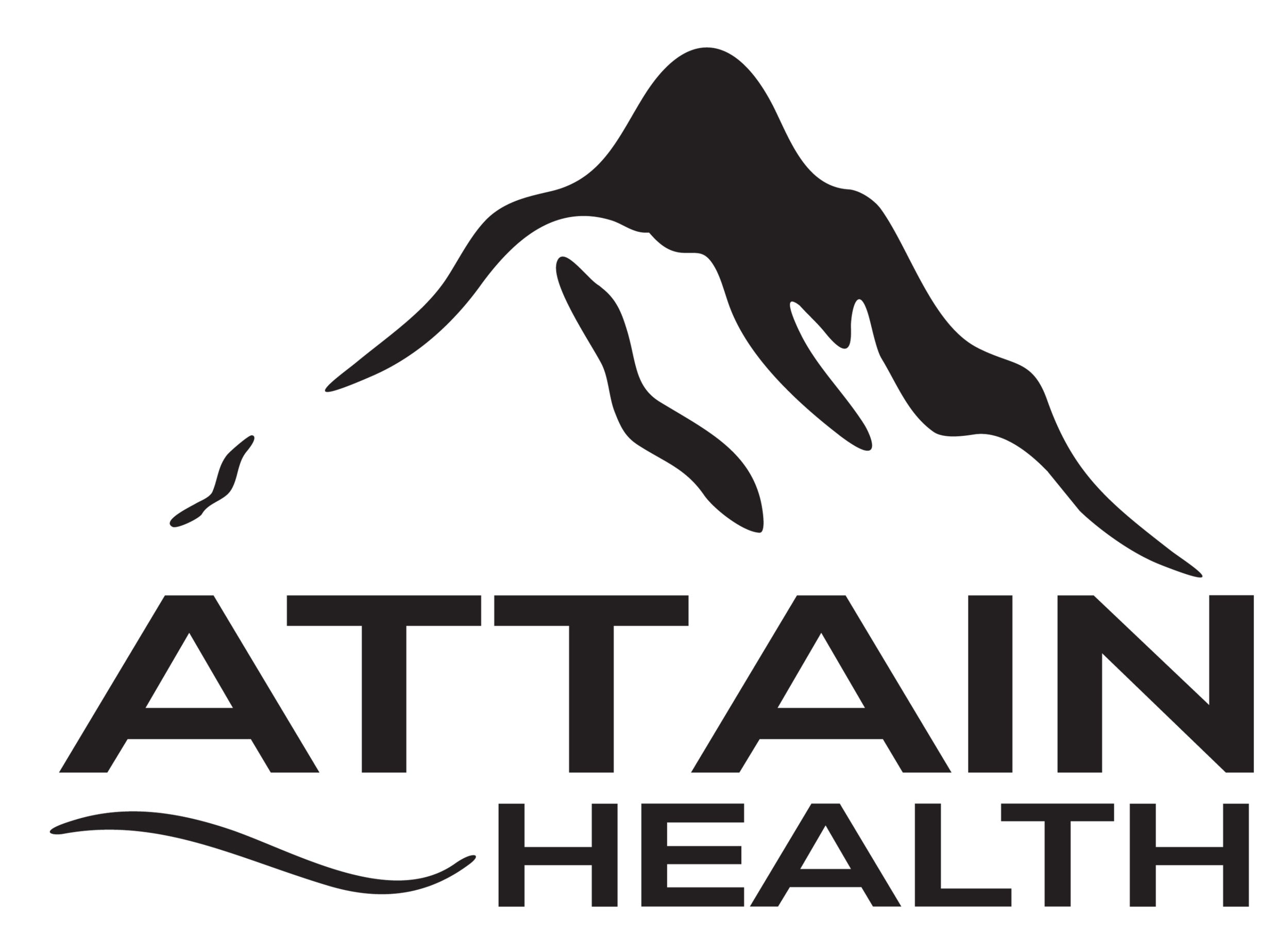Importance of Upper Body Mobility of Cystic Fibrosis Patients
The physical demands that years of constant coughing and airway clearance puts on the body creates tightness and imbalances within the upper body. This can result in limited flexibility and mobility of various muscle groups and joints in the torso region, including limited thoracic spine mobility, tightness in abdominal and pectoral muscles as well as limited motion of the ribcage. The stress put onto these regions impairs their functional abilities which in turn can cause negative effects to the respiratory system. These imbalances tend to create the rounded upper back posture which inhibits the space in which the lungs have to inflate as you inhale, the effectiveness of diaphragm incorporation as you breathe and can even cause low back pain.
We are going to section the upper body into regions to explain the multiple imbalances that can occur and provide you with stretching and mobility exercises to combat these imbalances.
The Ribcage
As you inhale, your ribcage expands allowing your lungs to also expand as they fill with air. If the muscles surrounding your ribcage are tight and inflexible the movement of your ribcage can be limited, decreasing the amount of space your lungs are able to expand within. Another important muscle used in the act of breathing is the diaphragm which is located below your lungs and aids in the pressure change to actually allow the lungs to inhale and exhale. This is often discussed in terms of “shallow breathing” referring to the lack of diaphragm involvement which prohibits you from filling your lungs adequately with each breath. In comparison to “diaphragmatic breathing” which allows you to keep larger breathes and use a larger surface area within your lungs. By being able to open up your ribcage and make use of diaphragmatic breathing, you can in a sense train your body to take more full breaths when breathing normally.
2. Shoulder and Chest
The lack of mobility and tightness of muscles surrounding the shoulder joint is a major factor in creating that rounded upper back posture. Similar to the tightness in the ribcage, this inhibits the space in which the lungs have to expand. The following stretches will work on correcting the posture of the upper back.
3. Scapula
Another important region for posture correction are the shoulder blades. Being able to have motor control over the scapulas allows you to consciously pull your shoulder blades “back and down” to attain a more upright and straight posture. Also, having the available mobility paired with the control of motion in the scapular region allows for overall more efficient movement of upper body motions including breathing.
4. Thoracic Spine
The thoracic spine is the mid-back region, with the lumbar spine beneath it known as the lower back. The thoracic spine is designed to have movement and rotation whereas the lumbar spine should remain more stable. Having adequate mobility of the lumbar spine will allow ribcage movement to be easier as well as protect your lumbar spine in a variety of exercises and movements.
